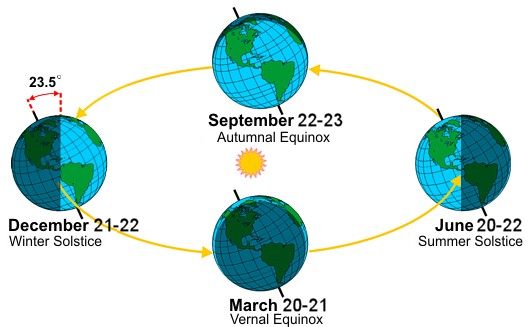6161
Flat Earth Investigations / Re: Possible Issue with Solar Noon in Round Earth Theory
« on: April 22, 2018, 06:27:38 PM »We learned earlier that a half year later, a sidereal day and a sun day are 12 hours apart. On one side of the sun they coincide, on the other side they are opposite. Since the only relationship that has changed is Earth to sun, the sidereal noon occurs at the same relative time that it did half a year ago, and solar noon now occurs 12 hours different. Oh wow, that makes solar noon continue to be during the day doesn't it? You're bringing in a requirement that doesn't exist and proclaiming it proves everything wrong. It's already been shown the difference between the two is 12 hours over the course of half of a year. Since the relative location of the stars to Earth doesn't change, that means the sun has done exactly what we experience every year. QED.
Sidrael Day is Star Time, and has nothing to do with this. What does it matter how fast the stars are moving in this?
Tumni has already settled the matter, by providing this link, right here:
The link Tumeni provided does say that Solar Day is technically "24.0000006 hours"
https://en.wikipedia.org/wiki/Day#Apparent_and_mean_solar_dayQuoteIn recent decades, the average length of a solar day on Earth has been about 86 400.002 seconds (24.0000006 hours) and there are about 365.242 2 solar days in one mean tropical year.
Lets divide those numbers:
Solar Day: 24.0000006 hours
Year: 365.2422 Solar Days in a Year
Year / Day = 15.21842461953938
Oh no. This is not a whole number. Even with the more accurate numbers this doesn't work.
They put their contradiction right there in the same sentence, and even specified that it is Solar Days in both cases.


